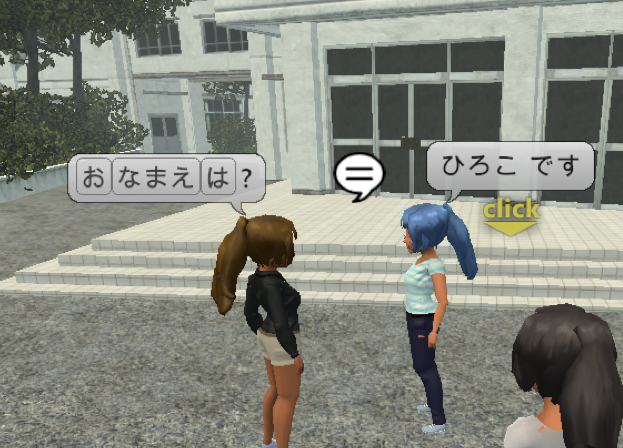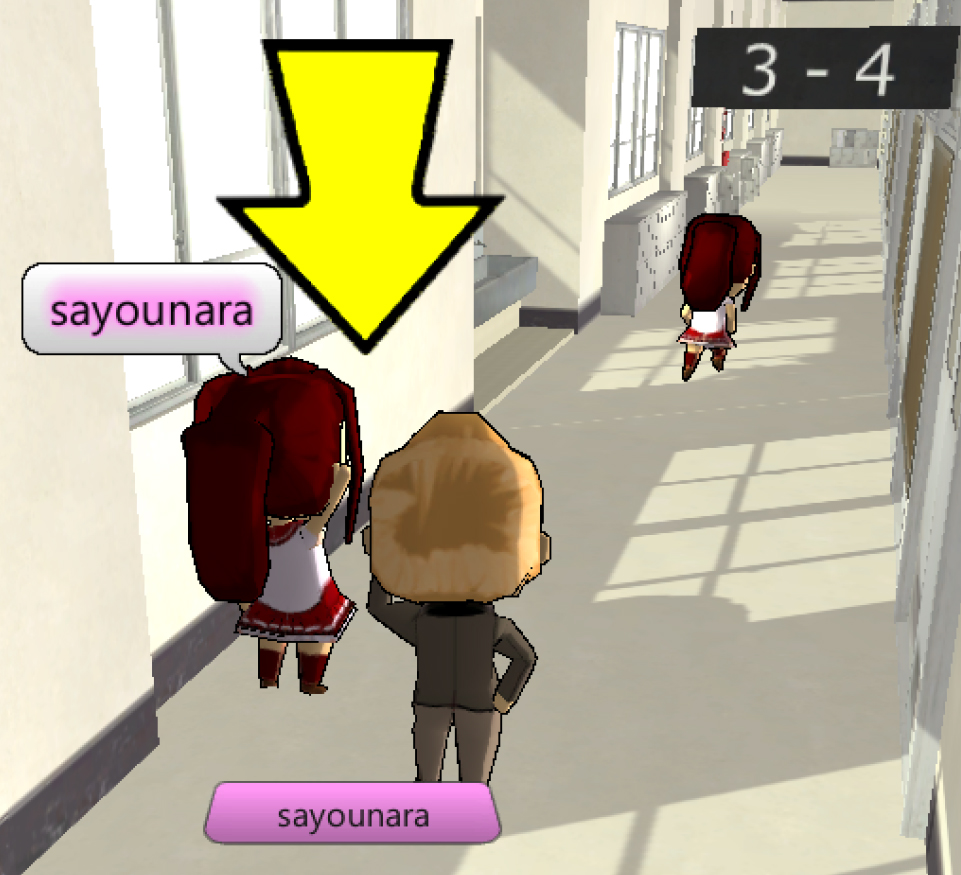Social interaction drives language learning game
By Bill Steele

Games are usually more fun when you play with other people, but if you’re playing an educational game, interacting with other players may help you learn more, according to Cornell research.
Using a language-learning game called “Crystallize,” created by Erik Andersen, assistant professor of computer science, and his students, researchers found that when players are required to work together they learn more words – and enjoy the game more.
Andersen and colleagues described the game and reported on their user studies at the ACM Conference on Human-Computer Interaction, May 7-12 in San Jose, California.
“Crystallize,” was developed principally by Ph.D. student Gabriel Culbertson, working with Malte Jung, assistant professor of information science, senior lecturer Walker White, director of the Game Design Initiative at Cornell, and undergraduate researcher Daniel Zhang ’15. It is a role-playing game in which the player guides an avatar through a virtual world in which all the characters speak the target language. The player must learn to communicate to make friends and get a job. The prototype version teaches Japanese, but versions could be made for any language, the creators said.
There are many language learning programs available, they noted, but most focus on memorizing vocabulary, using devices such as flashcards. Immersion in a virtual world, they suggest, provides visual and situational context, while gaming elements add motivation.
The “Crystalize” player is sent on “quests” – an idea common in role-playing games – to learn new words by watching game characters talk to each other. As one character walks away, for example, the one left behind says “Sayounara,” so the player can infer that “sayounara” means “goodbye.” The player can drag the word from the character’s speech balloon into an inventory from which it can later be used to construct new sentences. Completing a quest earns money that can be spent in the virtual world and raises the player’s behind-the-scenes “confidence score.” After completing required tasks, players move to higher levels.

After modifying the game to collect data, the researchers recruited 48 students to play the game in a laboratory setting. Players were assigned to work with partners (in separate rooms) with whom they communicated through a chat interface. Partners can help by providing guidance to destinations or saying things like, “You should talk to this person over here.” One group of subjects played a modified version of the game in which they were required to collaborate with their partners on quests. Based on before-and-after tests, players in this “high interdependence” group learned more words.
Interviews and questionnaires showed those who were required to interact had a closer relationship with their partners and thought their partners had been more helpful. According to chat logs, they spent more time communicating.
Undergraduate researcher Shiyu Wang ’18 contributed to the evaluation studies.
Later, the researchers recruited 186 players from a Reddit subgroup devoted to learning Japanese. From gameplay logs, interviews and Reddit posts, they found most players liked the game, and many liked the social aspects. Those who spent the most time on chat also spent the most time on gameplay and returned more often, suggesting they were engaged with the game. Some players said the experience reminded them of playing “World of Warcraft.”
Also, gameplay logs showed players learned a lot of new words and phrases, often carrying what they learned in game conversations over into their chat sessions, and even to real-world conversations.
For the future, the game’s designers said, they will look for ways to create long-term engagement, since learning a language is an ongoing process, and will try to integrate the game with other language learning software.
A virtual reality version of the game is in development, and the designers hope to make their world more realistic. “In the future,” they concluded, “we hope to design effective experiences that clearly demonstrate to learners not just how to say things in a foreign language, but when and why they should say them.”
Media Contact
Get Cornell news delivered right to your inbox.
Subscribe